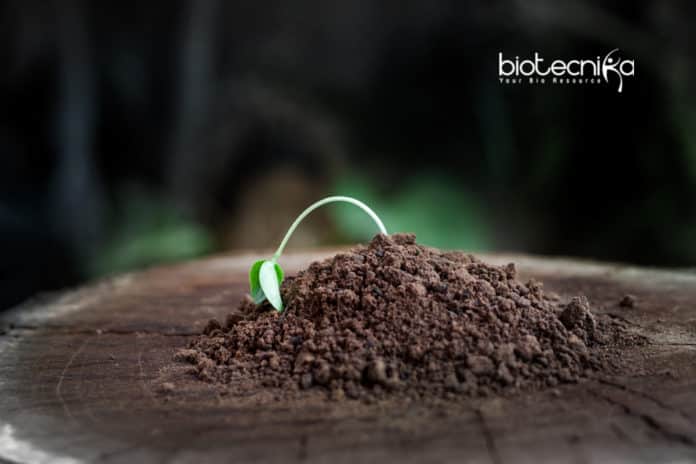Plants Species Going Extinct 350 Times Faster Than Ever Before
The alarming rate of plant extinction!
Previously this year a United Nations report predicted that up to one million species, as well as fifty percent of all plant on earth, maybe extinct by the end of the century. Furthermore, current research recorded that 571 plant varieties have actually vanished over the previous 250 years. Now, a new research study shows that plants have been shed at a rate that is 350 times above the average rate of plant extinctions observed in the fossil record.
Although plant extinctions have been common in Earth’s history, human impacts appear to be the main driving force for many contemporary ones. When the data around the globe is considered, in South Africa alone, nearly 80 plant species gone extinct have been declared over the past three centuries. The key drivers behind this loss of plant life are thought to be agriculture, urbanization, as well as the spread of invasive species.
Plants Species are oftentimes unevenly distributed. Madagascar which is considered as the “biodiversity hotspots” because a high density of diverse flora occurs there out of which 80 percent of which are unique to Madagascar. In
contrast to this, some places like England are described as “coldspots”. This is because these places house fewer species overall and have very few unique species which is only 4 percent.This study on plant species going extinct examined nearly about 300 modern plant extinctions and considered the underlying causes for the same. The research study predicts that biodiversity hotspots are expected to see more plant species extinctions at a faster rate, but when it comes to cold spots, they will lose a greater proportion of species unique to their region. The study additionally found that plant extinctions can largely be related and attributed to the habitat loss from urbanization and agriculture.
The major problem faced here is in order to accurately determine whether or not a plant is extinct is difficult. For example, data is unavailable for many plant species in our planet and, because most of the plants are long-lived like the bristlecone pine trees which can live for up to 5,000 years, we may not be able to document their extinction in our lifetimes. Nevertheless, our sustained actions may contribute to their demise.






























